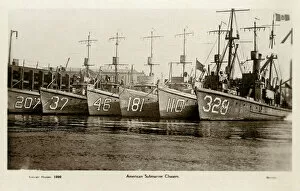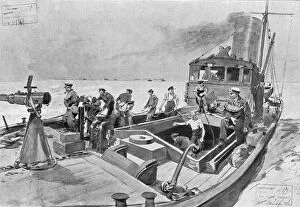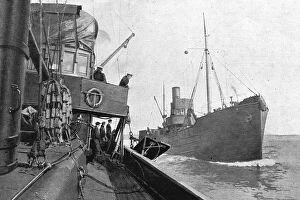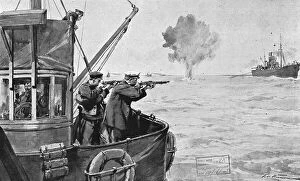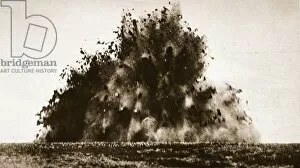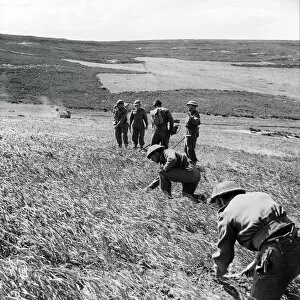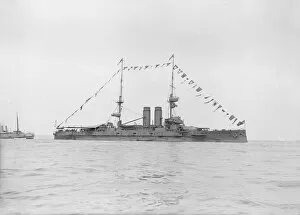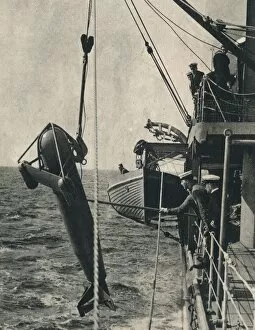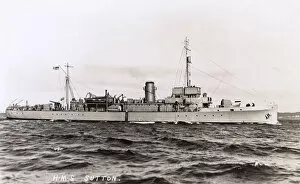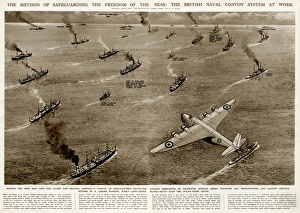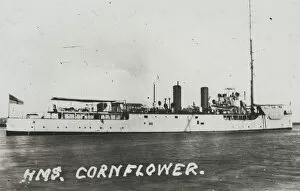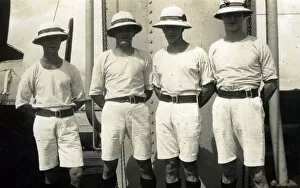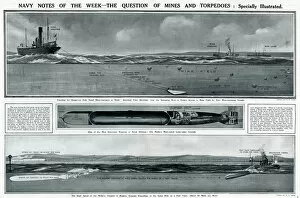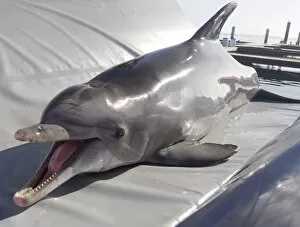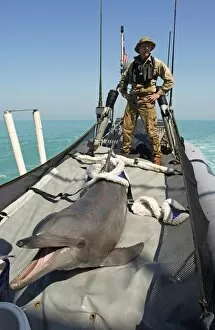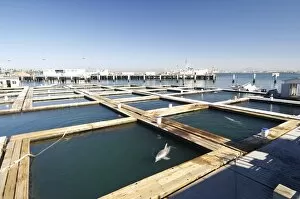Minesweeping Collection
"Minesweeping: Safeguarding the Seas in Times of War" During World War I, American submarine chasers played a crucial role in minesweeping operations
All Professionally Made to Order for Quick Shipping
"Minesweeping: Safeguarding the Seas in Times of War" During World War I, American submarine chasers played a crucial role in minesweeping operations. These brave sailors risked their lives to clear dangerous waters and protect naval convoys from devastating mine explosions. Inspired by the British naval convoy system developed by G. H. Davis, these dedicated men worked tirelessly to ensure safe passage for allied forces. In a haunting black and white photograph captured during World War I, we witness the sheer power of a large mine being detonated on French territory. The aftermath was left to be dealt with by the courageous sappers of the 237 Field Company, Royal Engineers who fearlessly cleared treacherous minefields. Lithographs depicting minesweepers at work showcase their relentless efforts as they meticulously scanned vast stretches of water for hidden dangers. Two notable vessels that contributed significantly were HMS Zealandia (1913) and HMS Hindustan (1911), both masterfully crafted by Kirk & Sons of Cowes. As time progressed into World War II, minesweepers continued their vital mission amidst challenging circumstances. Captured moments such as "Between Sweeps" and "Out Sweep" in 1943 reveal the tireless dedication of these brave souls who relentlessly patrolled hazardous waters. The introduction of innovative technology brought hope to this perilous task - enter the shark-shaped paravane invented in 1943. This ingenious device helped detect underwater mines while reducing risks faced by minesweeper crews. The front page of "His Majesty's Minesweepers" publication served as a testament to honor these unsung heroes who safeguarded our seas during wartime. It highlighted their unwavering commitment and sacrifice towards ensuring maritime security. One remarkable vessel that deserves recognition is HMS Sutton, an iconic British minesweeper known for its valiant service throughout history. Minesweeping remains an essential aspect of warfare even today, reminding us of the immense bravery and dedication displayed by those who protect our oceans.

